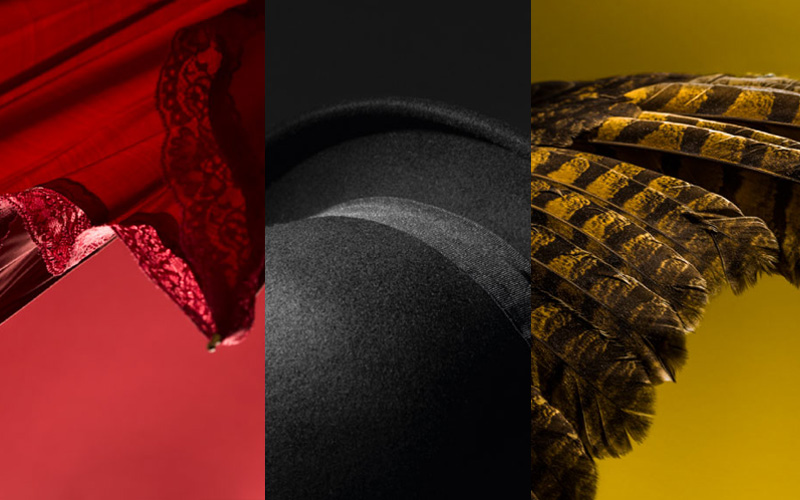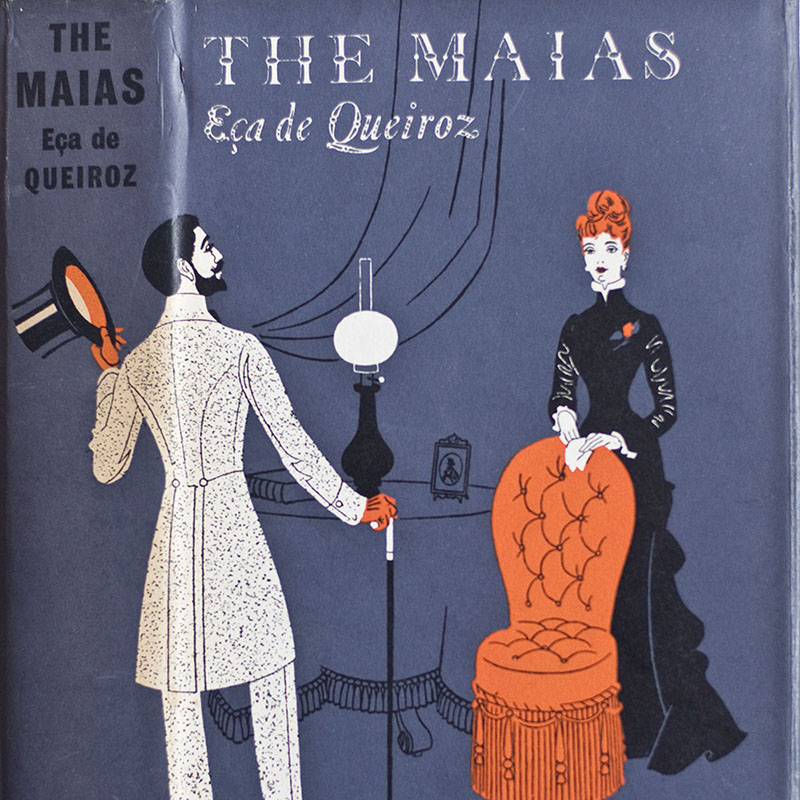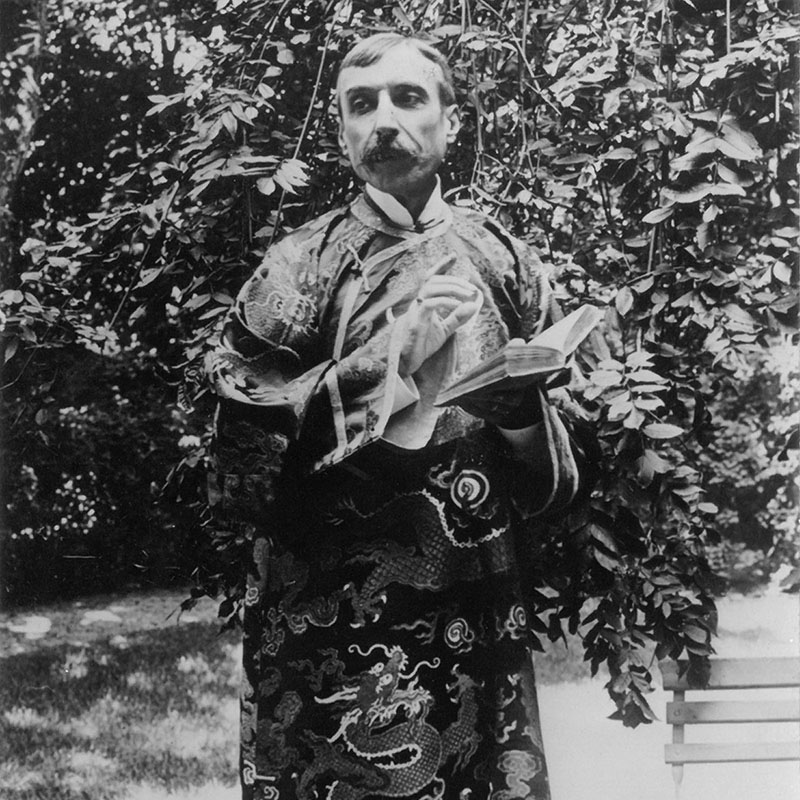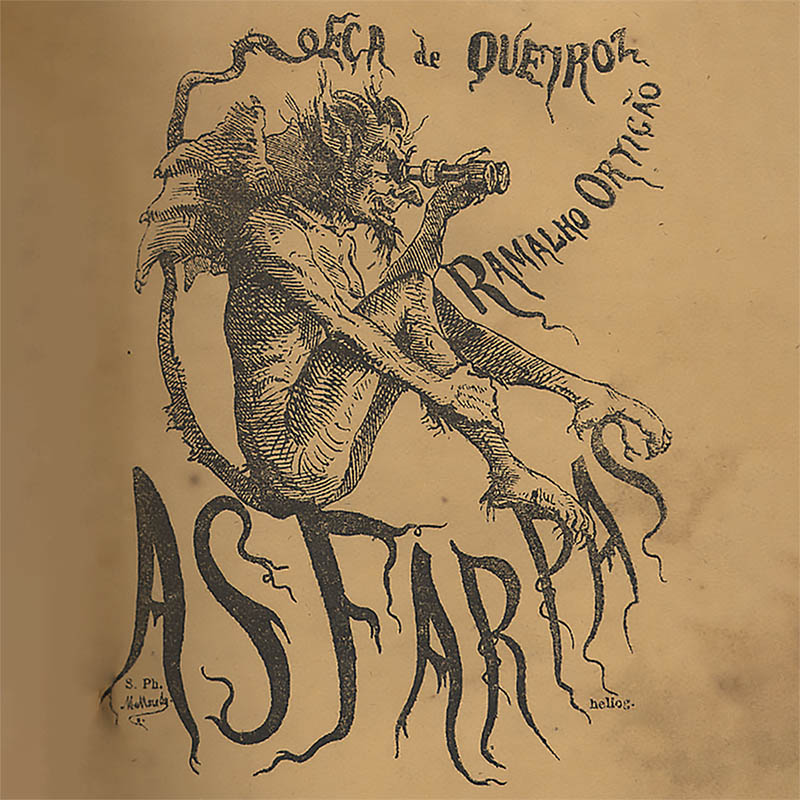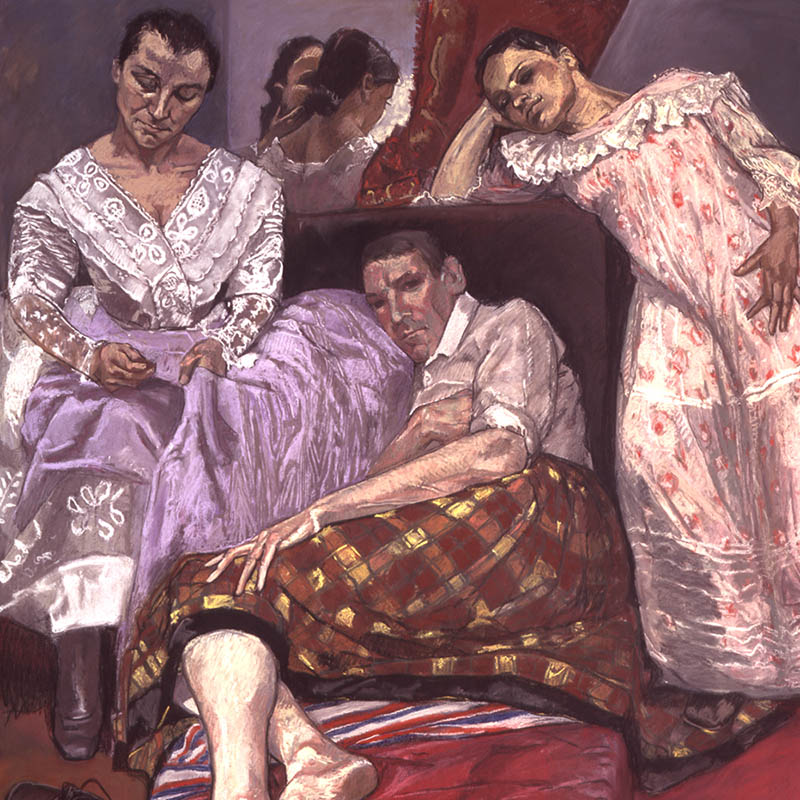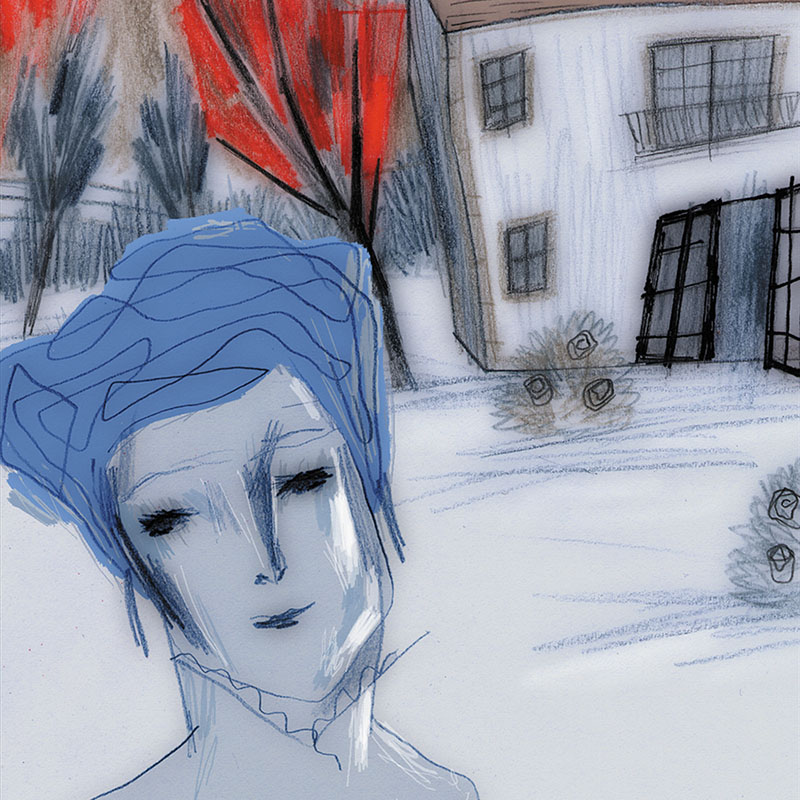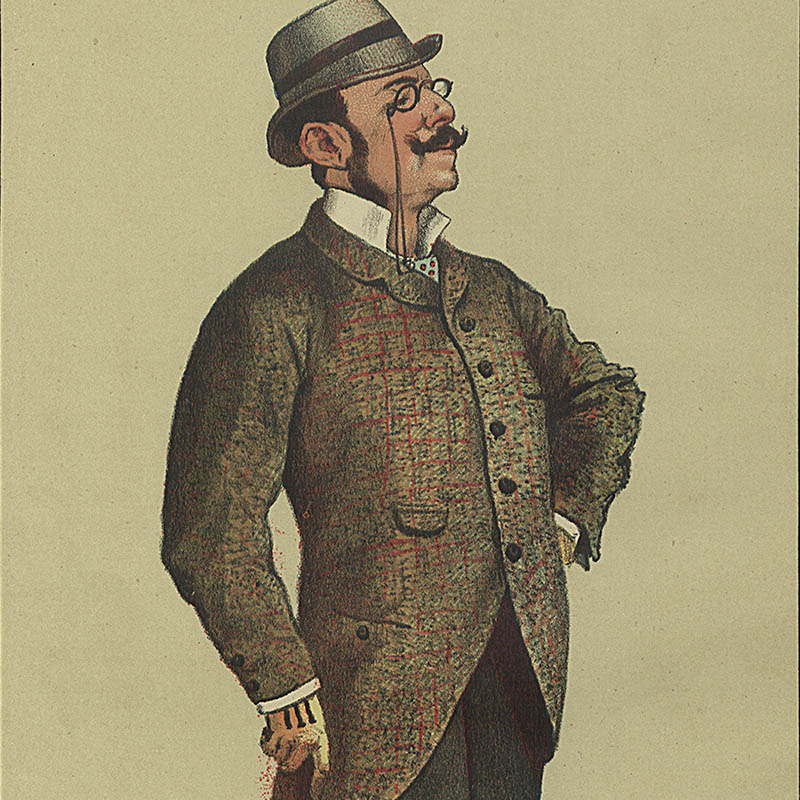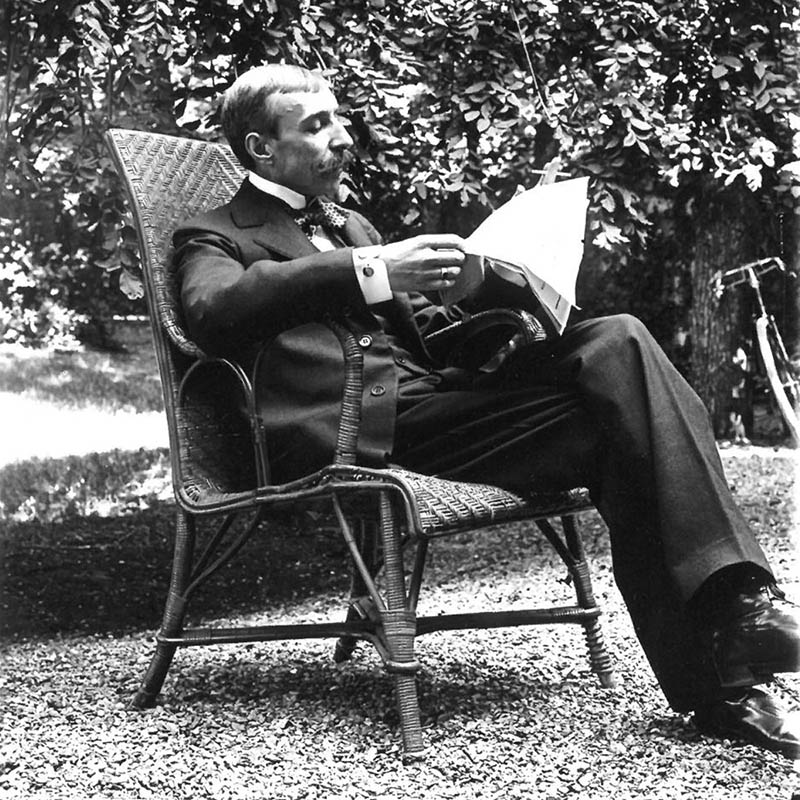Eça and The Maias
Everything I have in my bag
Event Slider
Date
- Mon, Wed, Thu, Fri, Sat and Sun,
Location
Lower Gallery Calouste Gulbenkian FoundationEça de Queirós (1845-1900) masterpiece The Maias is a classic of the Portuguese literature of the 19th century novel. Published 130 years ago, it embodies a very singular realism that escapes academic definition. It is a mature work, one into which the author wanted to put “everything (he had) in (his) bag”, giving a panoramic view of the 19th century Portuguese society during the romantic era; hence, the book’s subtitle: Episodes from Romantic Life.
The title of this exhibition comes from a letter from Eça to Ramalho Ortigão (Bristol, 20 February 1881), in which he told his friend that the novel was practically ready and that he had decided to produce not only a novel, but one in which he put “everything (he had) in (his) bag”.
The exhibition commemorates the anniversary of the novel’s publication by demonstrating how it represented the highest expression of Eça de Queirós’ unique realism in its multiple facets, all consistent with the diversity of the author’s own perspectives and living side by side with the artist’s aestheticism.
1888 – The Vast Machine!
The Maias, published in 1888, is a book that spans two thick volumes to form one ‘Vast Machine”, as Eça called it.
Formative Years
The years spent at Universidade de Coimbra (1861-1866), followed by others spent intermittently in Lisbon (1866-1872) were periods of great literary and ideological learning and “mental turmoil” for Eça.
War to Romanticism
Eça’s early writing was around the cult of romanticism but soon he will embrace realism and henceforth he would never stray from being a realist developing a unique form and of his own.
Norms and Desires
In the 20th century the queirosian realism inspired the painter Paula Rego who dedicated a series of 16 works to Eça’s “The Crime of Father Amaro” where violence and desire or the power of women are reflected.
“The Crime of Father Amaro”, “Cousin Basílio” or “Alves & Co” books followed the model of realism and were even deemed as immoral as they portray the power of desire and nature to disrupt and overturn the normative reality of the world. Eça de Queirós is a revolutionary after all.
Intersecting Perspectives
Eça is a realist but he does not avoid using resources that problematise the objective message that realist art seeks. With unique mastery, he uses irony, dreams, caricature and the grotesque and he even allows himself to call upon the historic novel, forbidden by the realist credo.
Art is Everything
The dandyism and defeatism of both the author and his characters are attitudes that result from Eça’s constant and obsessive quest for perfectionism. In The Maias we read: “Art is everything – everything else is nothing”.
Places
From North America to Middle East, from the Douro to the Alentejo… Eça’s geographic biography is vast but the fictional is broader. Nevertheless, Portugal, always held a special place in his heart, remaining at the centre of his worries whilst being a diplomat and committed citizen.

